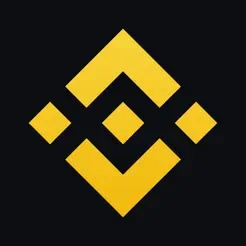- Eclipse is a rollup solution that gives developers the ability to customize various components according to their preferences. This includes choosing execution environments like EVM, SVM, and MoveVM, as well as data availability layers like Celestia and Polygon AvailEigenDA.
- Rollups deployed with Eclipse can use different data availability layers but still share Eclipse's settlement layer.
In the previous article, we discussed the Mantle network, which uses a unique data availability layer called EigenDA instead of relying on Ethereum like most rollups. Traditional rollups depend on Ethereum for settlement, consensus, and data availability, but the scalability is limited by Ethereum's own scalability. Mantle Network solves this by using EigenDA.
Eclipse is a modular rollup solution that offers a customizable environment. It received $15 million in funding, allowing users to deploy rollup networks according to their preferences. This includes building a rollup on a network other than Ethereum, choosing any data availability layer, and even using Solana's SVM as the execution environment. This customizability is a significant advantage for the Solana ecosystem in attracting developers and users.
Solana uses SVM as its execution environment, while other networks like BNB, Polygon, and Avalanche use the Ethereum Virtual Machine (EVM). SVM offers high scalability through optimizations like Sealevel for parallel processing and transaction pipelining.
Sealevel allows smart contracts to be processed in parallel on Solana, unlike Ethereum's EVM, which can only process one contract at a time. This parallel processing, along with other optimizations, contributes to SVM's scalability.
本站所有软件信息均由用户上传发布,版权归原著所有。如有侵权/违规内容,敬请来信告知邮箱:764327034@qq.com,我们将及时撤销! 转载请注明出处:https://czxurui.com/zx/95708.html



 微信扫一扫
微信扫一扫  支付宝扫一扫
支付宝扫一扫
发表回复
评论列表(0条)